Why are patterns in nature so significant? Why does our human cognition hone in on patterns so readily? Why is it that we overlook some patterns and perceive others?
These are all questions I’ve pondered as a scientist, a botanist, an anthropologist, and an artist for many years.
When I was a father of young children I became aware that babies see patterns first, even before they can make out details. So a parent’s face is a recognizable pattern of lines, shapes, and light.
Since pattern is one of the first things we see it makes sense that we’re pattern-oriented throughout our lives. As a college professor I try to teach my subject within a pattern of ideas. I think it makes more sense to teach in context, making connections whenever possible, than just teaching factoids about science.
So one reason patterns are so important is that they are connected to the core of human visual cognition. This seems to make sense in a design context, since our designed environments, whether gardens, sculpture, parks, buildings, furniture, clothing, or cities, are an outgrowth of our thought process.
Patterns are also important because they teach us about nature. Once we discern the right patterns we can make conclusions about relationships in the living world.
Sometimes the patterns are easy to detect. For example, all monocot flowers are built in multiples of three:
Sometimes patterns are harder to detect. For example, the series of helices that comprise reproductive structures are found throughout the gymnosperms and angiosperms:
And sometimes patterns are “hidden,” either too small to detect without instrumentation (like DNA), or too subtle for our everyday observations.
My goal as a botanist and designer has been to detect these subtle patterns and learn from them.
Lots more to talk about on this topic. I would love to hear your comments.
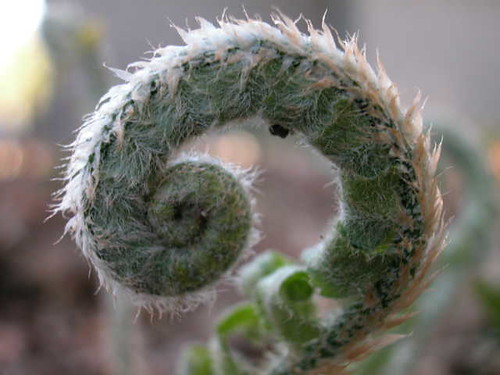
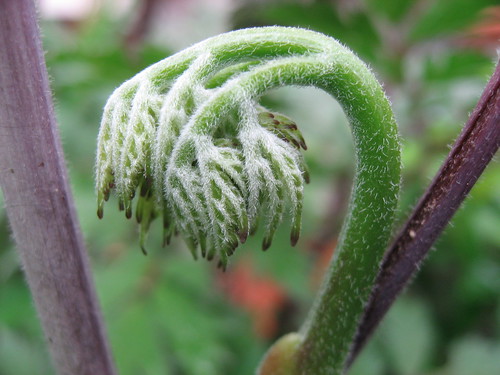
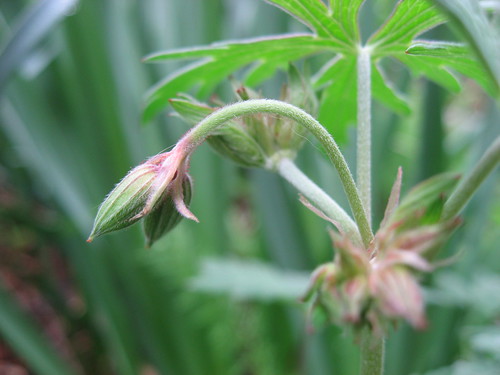
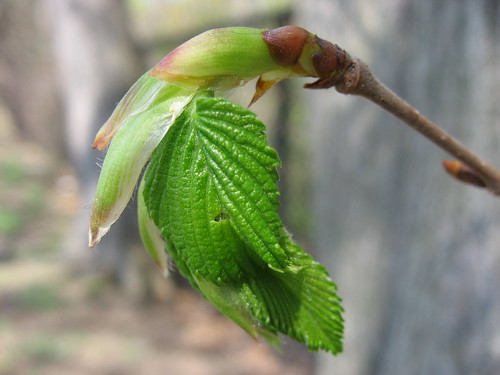
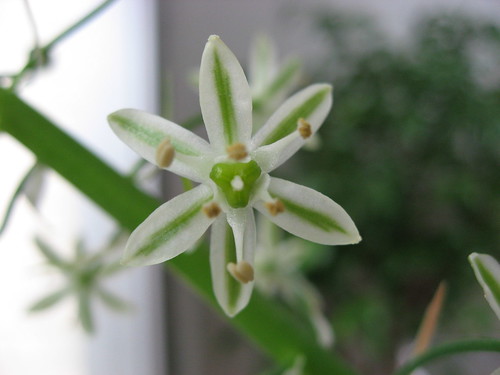
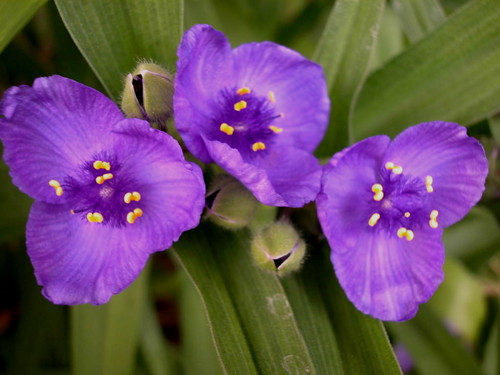


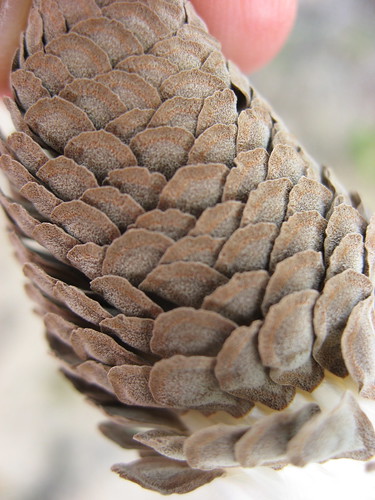
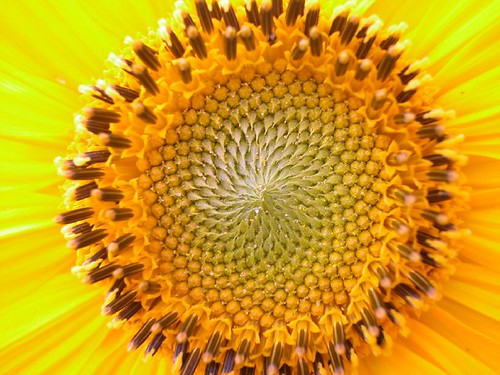
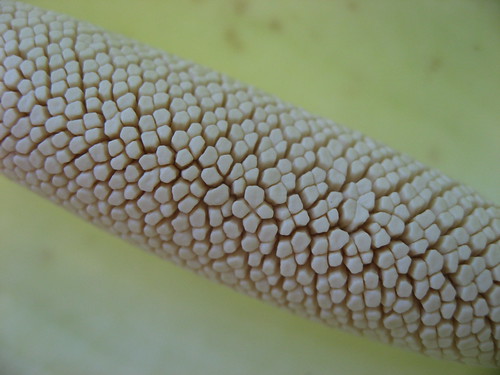
Wow, I love patterns and plants too. Thank you for this deep view on both.
ReplyDeleteim from Colombia and i´m a teach of biology.....and i love the botanical............ good article. in the mind and in the human behavior also more patterns.......... why not running typological species concept. bay
ReplyDeleteWhat I learned from lab today was that at first glance something may appear to be totally different than what it actually looks like. Like the article we read about how the artifacts are buried and hidden a flower has many hidden parts also! There are so many aspects that one does not see at first glance, but when you look deeper into it you discover a whole new look to the flower.
ReplyDeleteThere is a sameness or homology in patterns. Whether looking at a flower or a face, there is a distinct pattern that humans are attracted to most likely because they are the easier thing to detect. I always notice patterns first before I am able to look past them and analyze further. I feel like all patterns have a meaning --- why they are designed in that way or what they mean about that certain object or what they are for. I feel we overlook some patterns because we are so used to seeing them that they become normalized. It is important to notice all patterns because the patterns are sometimes the most important aspect of nature.
ReplyDeleteShayna LaSala
This comment has been removed by the author.
ReplyDeleteDominick Troendle
ReplyDeleteThroughout human life we have used patterns to explain many natural phenomena. You have pointed out some in your post and one that stood out to me was math. Math works in patterns, that's all it really is. Everything in math is connected through patterns just like DNA is organized in patters. Scientists noticed patters between animals while studying evolution. One pattern led to the discovery of homologous structures. These structures serve similar purposes in different animals. The relationship in purpose is a pattern in life.
Patterns are necessary aspects of all kinds of life on Earth. While some patterns are quite obvious, I definitely agree after today's lab that they are sometimes hard to detect. Today's flower dissection lab underlined the fact that a homologous relationship exists within angiosperms like sunflowers and lilies, as their inside reproductive systems are constructed quite similarly. This allows me to conclude that they must have a common ancestor, just as humans that walk the Earth today. I hope that the patterns we detect in future labs are less frustrating to discover... or that I can begin a new pattern for myself of being more receptive to biological phenomena that we uncover over the rest of the semester.
ReplyDeleteJessica Morin
Isabel Vera
ReplyDeleteI would definitely have to agree that patterns are crucial to our development as human beings, our education and cognitive process, and our general interest and understanding of why things are the way they are. As you stated here, patterns are among the first things we observe and consider as babies, and as we grow, patters continue to reside among our first impressions of what we encounter. Hence, the importance of pattern is enormous in our contemplation of what lies underneath what we see, why it’s there, how evolution played into the current state of whatever we are observing, and the underlying meaning that makes up what we are observing. As humans, we often create art from the inside out, and we take pride in the final exterior that draws in viewers and gains us recognition. However, it is only what is within this patterned exterior that illustrates the greater meaning or purpose and the effort that goes into the final product.
Yina Cordero
ReplyDeleteThis post made me realize why I was so attracted to the flower I chose on flickr because I immediately loved the symmetry and the pattern that it had and it fascinated me to think that this was just done with time and evolution. It also made me realize why similar patterns in flowers might indicate a common ancestry which makes it much easier for scientists to study flowers and find their origin. It makes more sense to me of why flowers structures are broken up just how we did with our drawings because it’s much easier to point out similarities and differences when there simpler and not so complex. Patterns in a sense make things much easier to understand once there found which in some cases can be very difficult.
Patterns are important to find the similarities between different plants and species. Looking at patterns, one is able to tell major similarities and differences between objects and what makes them stand out and be unique
ReplyDeleteMan's ability to recognize patterns is easy to see once you think about it a bit. The thing you mentioned about teaching by connecting all ideas to science and what we are learning was very interesting to me and once i thought about it, i realized how helpful it truly had been so far in Natural Sciences 201
ReplyDeleteThe patterns I found in the flowers I looked at, not only determined the differences between the two, but also clearly identified the similarities. Doug Lewis
ReplyDeletePatterns are an integral part of life. The power of patterns is that they allow us to predict what will come next and they allow us to solve problems if we can find the pattern within the question. In a sense, patterns are a homologous foundation of life. For instance, if you think about the life cycle of any living thing as a pattern, a pattern of life, then each living organism is homologous in the sense that they each have a life pattern. Patterns are often overlooked and not thought about. However, they help us make connections and predict what will come next. In lab, each flower was homologous in the sense that they shared characteristics - petals, stigmas, styles, filaments, etc. If you take that in terms of a pattern (meaning that the construction of each flower is a pattern) then you can conclude that homology and patterns are synonymous. That is something I will take away from this lab.
ReplyDelete^Jesse Robinson
DeletePatterns play such a major role in our life and the universe. Patterns are aesthetically pleasing in many mays, including the petals of a flower or the design of a t shirt. In the lab we noticed a pattern in all the flowers because they all have certain qualities, like petals and ovaries. They don't all look the same, but have similar parts and functions. This is seen throughout all living organisms. Not only that, but how everything works. The season we are in determines a countless number of things for life on earth. We expect the pattern of spring, summer, fall, and winter. From the readings, we learn how there's a sort of pattern of things being buried or hidden, whether with time or for a sort of function.
ReplyDeleteGabrielle Kanellos
I was very pleased to learn that while children are young, the first thing they are able to identify from the vision is patterns. It is interesting, but it also makes a lot of sense. As humans, we use patterns more then we realize, due to the comfort of understanding this first. As I look back to the picture i chose in the beginning of class, i realize the reason that i chose it was because of the color and the unique shape of the flower. As the lab continued, and I sketched the flowers I dissected, I felt it was necessary to identify the patterns of the flower to be able to allow other viewers to interpret what flower I was drawing. The realization of patterns, has allowed us as humans to analyze the process of homology.
ReplyDeleteEvan Sternstein
ReplyDeleteI found it really interesting how similar yet at the same time how different the patterns of the sunflower and snapdragon flowers are. There are so many different possible combinations and patterns in the world it's really incredible. I like that you brought up DNA, 99.99% of which humans have in common with each other, yet that other .001% makes such a huge and easily identifiable difference. It's sort of like that with flowers. Flowers are made up of the same parts, just like humans, but vary so much in terms of size, color, smell, etc. In this way you could compare flower patterns to humans.
As you said, we as humans are naturally look for patterns. Patterns present in nature show the difference between any species of an a living thing, such as flowers. By going through the process of dissecting the two flowers in lab today, I dissected the lily and sunflower. Visually they were both different, and I think after the dissection they contain slight similarities in structure of the stigma for instance. By looking at the patterns in the 2 flowers I was able to see that they were not as drastically different as I initially expected. Lauren Jiron
ReplyDeleteI think that the point you make about patterns connects very much with our lab today. In lab we dissected two different types of flowers and while they both had some differences their parts were, for the most part, the same. Everyone in my class, including myself, thought that the flowers were beautiful and I think that a big part of that is our brains appreciation for repetition, patterns, and symmetry.
ReplyDeleteSamuel Raheb
ReplyDeleteThis post makes a lot of sense. Patterns are everywhere in this world and, whether they are hard to detect or not, they help distinguish different things. This point came clear to me today in lab. When I dissected the flowers, I noticed that each of them had their own patterns and characteristics that made them similar. But at the same time, this patterns also had different qualities that made them different from each other. :)
Patterns are something that can be found everywhere, but not everyone takes the time to look for them. It's amazing how many different and unique patterns can be found and how they make up the world around us. In today's lab especially, we were introduced to the possibility of patterns and how they can be such a major part of everyday life.
ReplyDeletePatterns are usually symbolic of organization. Patterned rugs are organized to appear symmetrical, therefore aesthetically appealing to the eye. Patterns in flower petals are organized symmetrically to look appealing to pollinators. On the less obvious level, DNA structures, as you mentioned, are also arranged in a pattern. They are highly organized to create the most ideal characteristics. So patterns are linked to organization, symmetry, and aesthetic appeal. But, patterns also help educate. For example, insects recognize the color patterns of flowers, so they can pollinate the flowers. In lab today, patterns were important in educating us about the sexual systems of flowers as well as their aesthetic appeal. We recognized patterns within most of the flowers systems, and similarities that made it easier for us to understand and learn their processes.
ReplyDelete-Abby Danowitz
Nature is indeed very magnificent. The patterns in nature are just so amazing! How is it that there are so many things in nature that can be measured by perfect mathematical formulas? Fibonacci sequences in flower petals, the Golden Ratio in a snail's shell, using Pi to measure the stars, the list goes on. Call it creationism or natural evolution, the fact that so many things in nature share so many perfect patterns is so mindblowing. It is also a good thing that there are mathematicians, artists, physicists, archaeologists....people who appreciate and try to understand the meanings behind those patterns, and try to harness the patterns to benefit human lives.
ReplyDelete